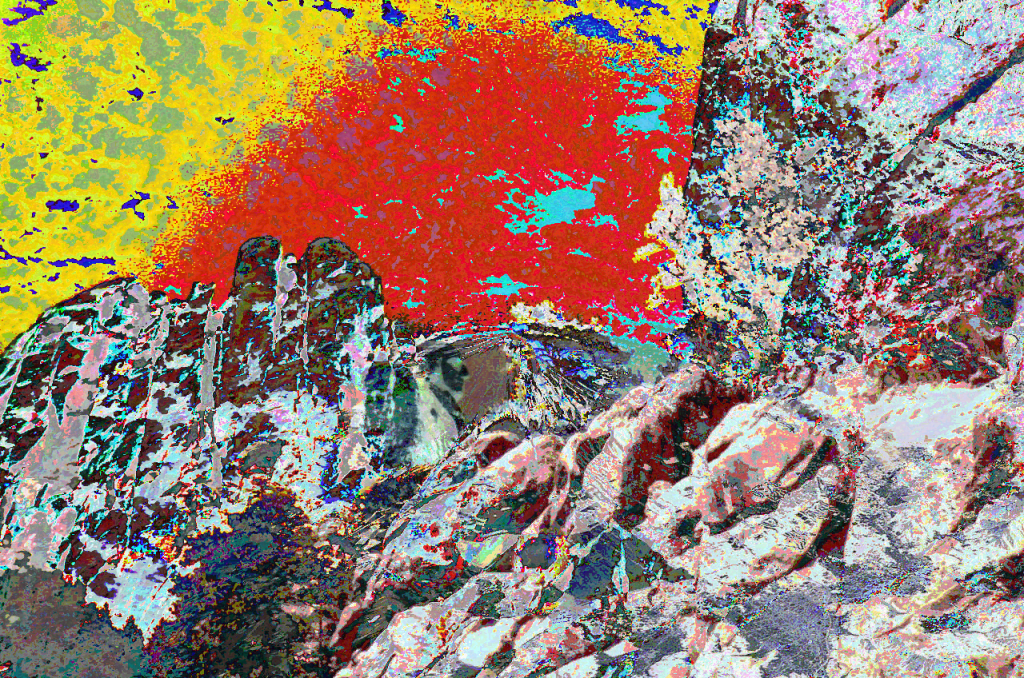Winston Ewert, William A. Dembski, and Robert J. Marks II rebranded specified complexity as a measure of meaningful information, at the Engineering and Metaphysics 2012 Conference. In my mind, that was quite a remarkable event in the history of the “intelligent design” (ID) offshoot of “creation science” — particularly in light of the fact that Dembski and Marks changed the meaning of information in the Law of Conservation of Information from specified complexity to active information, back in 2008. But the organizer of that conference, Jonathan Bartlett, seems not to have noticed. He recently undertook to explain algorithmic specified complexity to the unwashed masses, but made no mention at all of meaning.
Jonathan approves of my observation, posted here in The Skeptical Zone, that the “conga lines” formed by hermit crabs are high in algorithmic specified complexity (emphasis added):
Tom English asked about Hermit Crabs forming a line. I agree that this exhibits high ASC for certain things (remember, ASC depends on what you are comparing it to). It gives a high ASC for the line compared to the hermit crabs just walking around. That seems like a success, not a fail, as you have successfully determined that they are lined up intentionally. Even though you don’t have all of the prerequisites for a design inference (at least in your post here), you have at least shown that intentionality on behalf of the hermit crabs is a live possibility. Since they are lining up for a particular purpose, that seems to line up with reality.
He has not responded to my main point (emphasis in original):
Distinguishable entities operating identically by simple rules can form structures high in specified complexity. That is, the crabs in the video differ in size, but not in the “program” they execute. Want more specified complexity? Just add crabs.
Continue reading →

